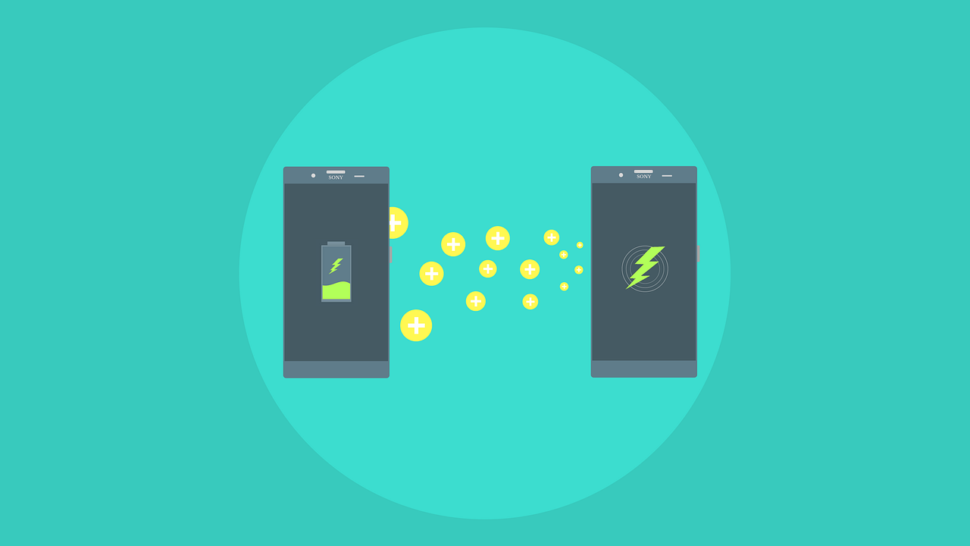Sharing charger for our devices is still not an option today.
Although many devices have switched to USB C connector, a few are still using the micro-USB. Meanwhile, you still have to use the outdated lightning connector to charge Apple devices.
Using wireless power transfer might seem like a good idea since the open interface Qi-standard defines it. But that’s not a solution either.
The reality is manufacturers use different power transfer system that works at different frequencies.
For example, the wireless power transfer frequency that works for Huawei mobile devices is different from the smart glasses’. As a result, you can’t power these devices with the same charger.
Indeed, the system is not very efficient.
That’s why various researchers are working to develop a wireless surface that’s suitable for charging devices. The team at ITMO University‘s Department of Physics and Engineering is one of such.
In a statement, one of the researchers from the ITMO Univerity, Polina Kapitanova said:
“What we propose is a brand-new metasurface that can be used as a transmitter in the wireless power transfer system that would allow users to charge several devices at once.”
The researchers described how their new device works in a published paper in the journal Applied Physics Letters.
Creating a Metasurface to Charge Multiple Devices Wirelessly
First, the researchers arranged the conductors in the metasurface in a unique way. Then, they connected the conductors with capacitors that tune into the required frequency.
The system can spread across large areas, leading to some exciting applications. These include creating a big wireless charger from a table or a nightstand.
“As it turned out, this structure has unique properties, including reverse frequency dispersion that can be efficiently applied in wireless power transfer,” Kapitanova noted.
According to the researcher, the structure comes with several resonate frequencies that have a uniform magnetic field. This results in the transfer of energy wirelessly.
The researchers placed receiving resonators loaded on LED with different working frequencies on the metasurface in a test. “The diodes light up regardless of the position and orientation of receivers,” Kapitanova said.
The result suggests that the device was able to transfer energy wirelessly.
Now, the researchers are working to evaluate the level of decrease in the electric field. That way, they can make the charger safer and faster.



















Comments (0)
Most Recent